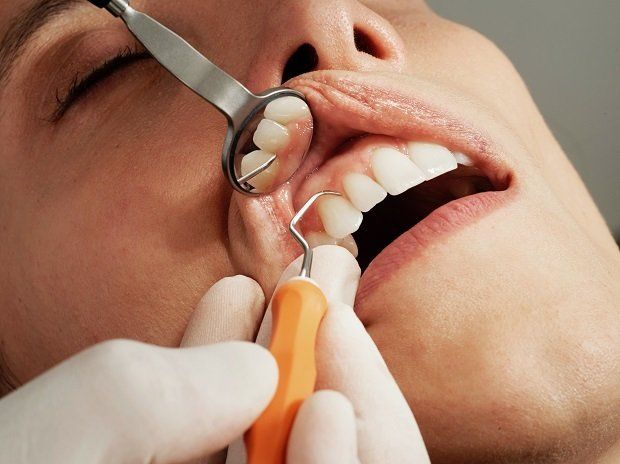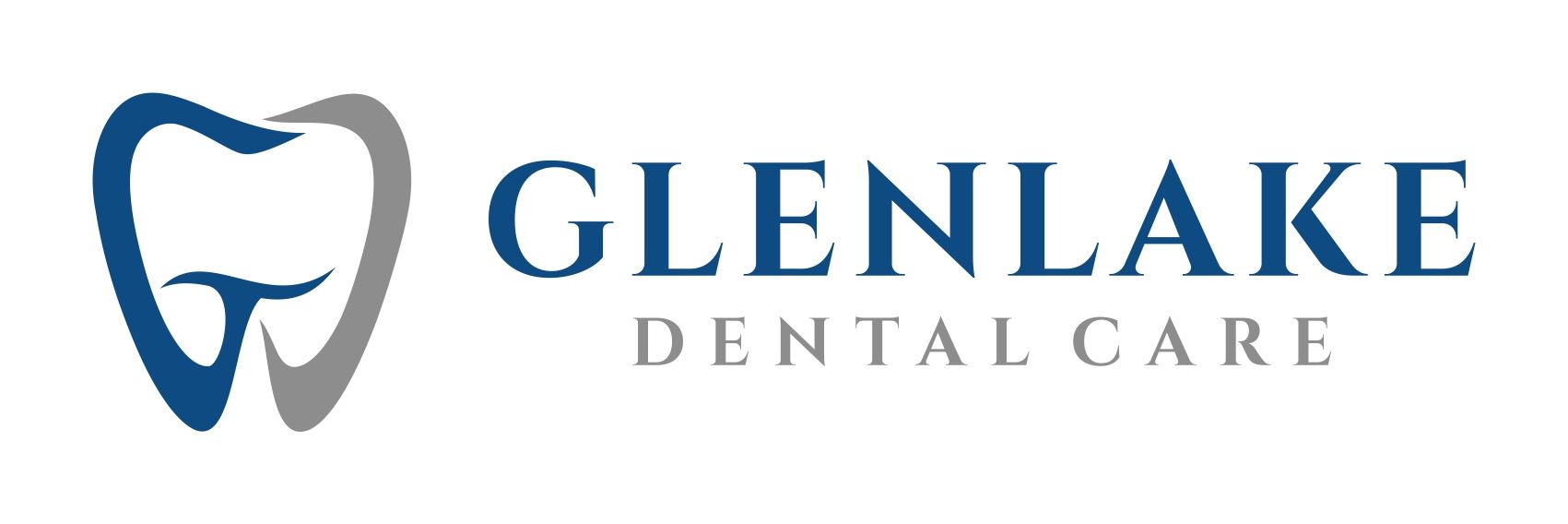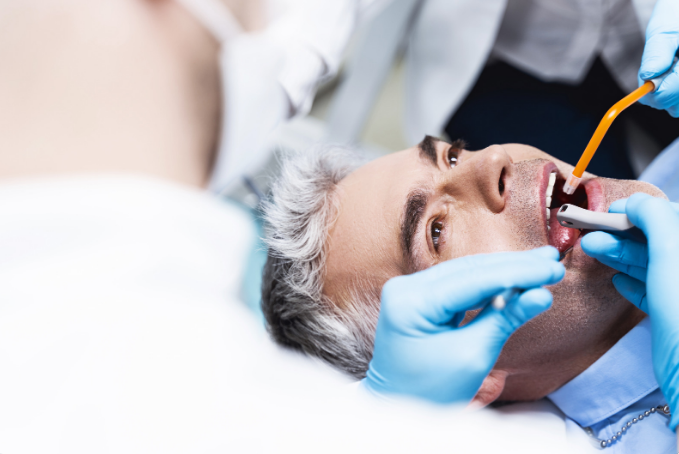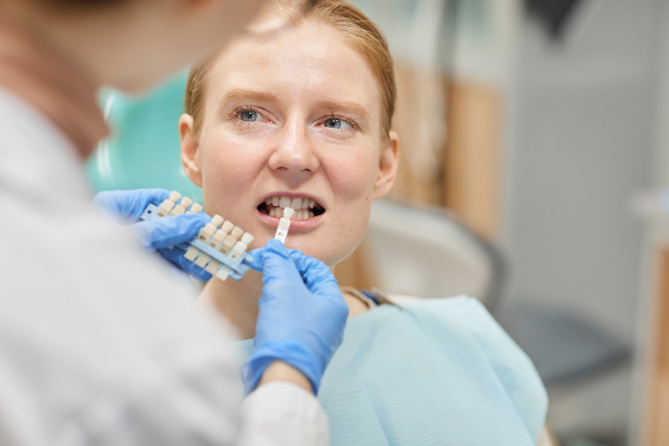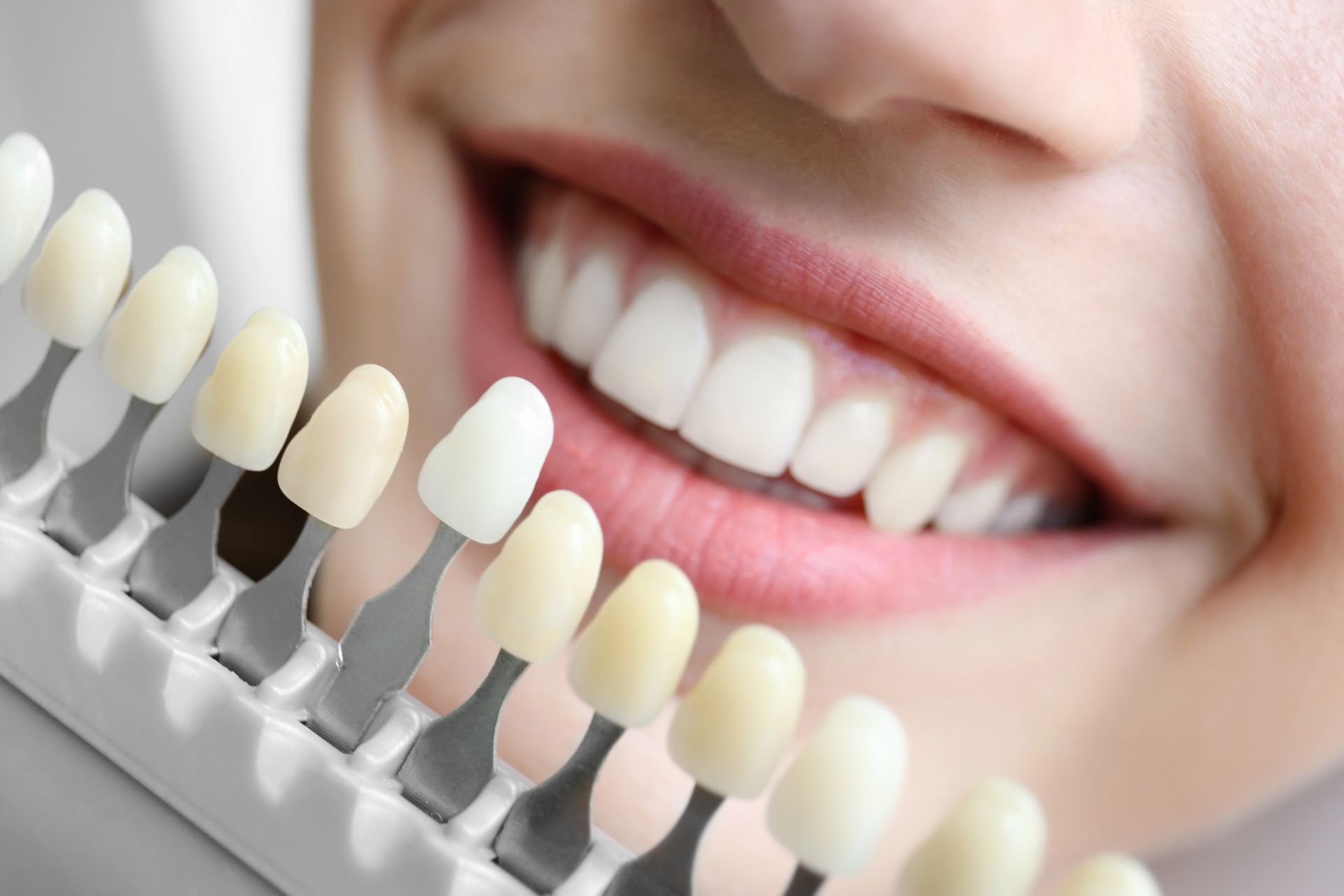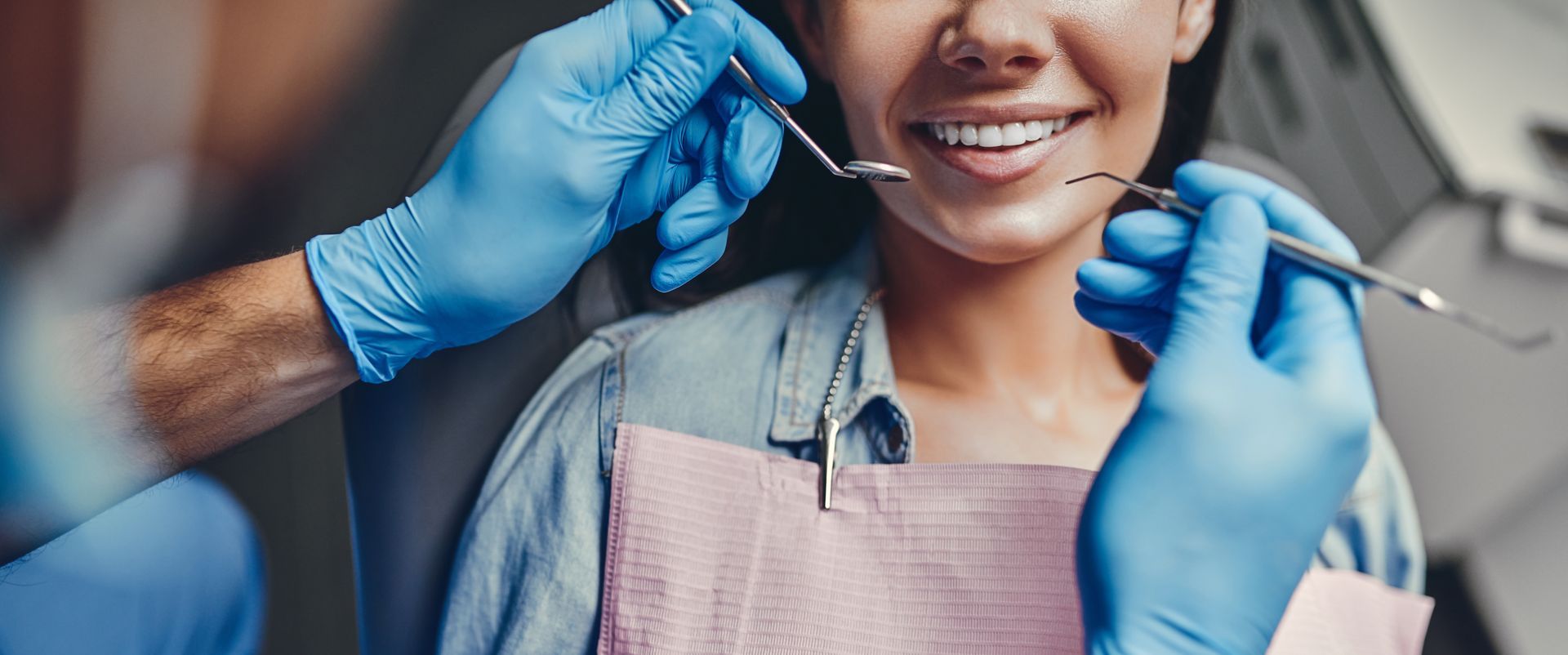By S21 GMB
•
April 23, 2025
When it comes to maintaining a healthy and confident smile, dentures in Glenview can play a pivotal role. For many individuals experiencing tooth loss, dentures offer a practical solution that not only restores functionality but also enhances overall quality of life. At Glenlake Dental Care, we understand the profound impact missing teeth can have on daily living. Our goal is to provide compassionate care and effective solutions. Here, we delve into six compelling reasons why opting for dentures might be the best decision for you. 1. Restored Functionality and Ease of Eating One of the most immediate benefits of dentures is restoring functionality, especially when it comes to eating. Missing teeth can severely hinder your ability to chew food properly, leading to dietary restrictions and nutritional deficiencies. With dentures, you regain the ability to enjoy a wide variety of foods, from crunchy apples to chewy meats, without discomfort or hesitation. Dentures are designed to mimic the natural structure of your teeth, allowing you to bite and chew effectively. This improvement not only enhances your ability to enjoy meals but also encourages a healthier diet. Imagine savoring your favorite dishes without the anxiety of pain or difficulty. Dentures can make this a reality. At Glenlake Dental Care, we emphasize the importance of functionality in our denture solutions, ensuring that your new smile enhances your eating experience. 2. Improved Aesthetics and Confidence Boost The aesthetic aspect of dentures cannot be overstated. Missing teeth can lead to facial sagging and an overall aged appearance, which can significantly diminish self-esteem. By opting for dentures in Glenview, you can restore the natural contours of your face and achieve a more youthful look. Our team at Glenlake Dental Care specializes in creating dentures that not only fit well but also complement your facial features. When you feel confident about your smile, it radiates in every aspect of your life. Whether you’re at a social gathering, a business meeting, or simply engaging in everyday conversations, having a complete smile boosts your confidence and encourages you to engage more openly with others. With dentures, you can smile freely, laugh heartily, and interact without the fear of being judged for your dental appearance. 3. Enhanced Oral Health and Hygiene Opting for dentures can significantly improve your oral health. Missing teeth can lead to a variety of issues, including gum disease and remaining teeth shifting out of place. By replacing lost teeth with dentures, you help maintain the alignment of your remaining teeth and support your overall oral hygiene. Moreover, modern dentures are designed with ease of maintenance in mind. At Glenlake Dental Care, we educate our patients on proper denture care, ensuring that you can keep your new smile in optimal condition. Regular cleaning and maintenance of your dentures not only prolong their lifespan but also contribute to a healthier mouth. This proactive approach to oral health can prevent costly dental issues down the line. 4. Affordable Solution for Tooth Loss While the initial investment in dentures might seem significant, they are often a more affordable solution compared to other dental restoration options, such as implants. Many individuals face financial constraints when considering tooth replacement. Dentures provide a viable option without compromising quality. At Glenlake Dental Care, we believe in transparent pricing and helping our patients understand their options. Our team will work closely with you to create a treatment plan that fits your budget while ensuring that you receive high-quality dentures. In the long run, choosing dentures can lead to savings on dental treatments associated with untreated tooth loss, making them a financially sound choice. 5. Convenience and Comfort Modern advancements in dental technology have made dentures more comfortable and convenient than ever. Unlike traditional dentures that could slip and slide, contemporary options such as implant-supported dentures offer a secure fit that remains in place throughout the day. This innovation means you can go about your daily activities without the anxiety of your dentures shifting or causing discomfort. Additionally, dentures do not require invasive procedures like dental implants, which can be a significant consideration for individuals apprehensive about surgery. The ease of application and adaptability of dentures makes them a popular choice for many. At Glenlake Dental Care, we prioritize patient comfort and satisfaction, ensuring that your denture experience is as seamless as possible. 6. Social and Psychological Benefits The psychological impact of tooth loss can be profound, often leading to feelings of isolation and depression. Many individuals find themselves withdrawing from social situations due to embarrassment about their appearance. Dentures can help alleviate these feelings by restoring not just your smile but also your social life. With a complete set of teeth, you are more likely to engage in conversations, attend social events, and participate in activities you once enjoyed. The boost in self-esteem from having a functional and appealing smile encourages a more active and fulfilling lifestyle. At Glenlake Dental Care, we recognize the importance of holistic well-being, and we are committed to helping our patients regain their confidence and reconnect with their social circles through personalized denture solutions. Understanding the Process of Getting Dentures If you’re considering dentures in Glenview, it’s essential to understand the process involved. At Glenlake Dental Care, our experienced team is dedicated to guiding you through each step, ensuring that you feel informed and comfortable. The process typically involves several stages, starting with a comprehensive dental examination to assess your oral health and determine the best type of dentures for you. Once we have established your needs, we will take precise measurements and impressions of your mouth. This information is crucial for crafting dentures that fit seamlessly and comfortably. After the fabrication process, you will have a fitting appointment to ensure that the dentures align correctly with your bite and feel comfortable in your mouth. Our team will provide instructions for care and maintenance, ensuring you have all the tools necessary for a successful transition to your new smile. Caring for Your Dentures: Best Practices Proper care of your dentures is vital to their longevity and your oral health. At Glenlake Dental Care, we recommend the following best practices for denture maintenance: Daily Cleaning : Just like natural teeth, dentures require daily cleaning to prevent plaque buildup and staining. Use a soft-bristle brush specifically designed for dentures and a non-abrasive cleaner to maintain their appearance. Soaking : When not in use, soak your dentures in a denture cleaning solution or plain water to keep them moist and prevent warping. Regular Check-ups : Schedule regular dental appointments to have your dentures checked for fit and function. Over time, your mouth may change, and adjustments might be necessary to ensure optimal comfort. Avoid Hard Foods : While dentures allow you to enjoy a variety of foods, it’s essential to avoid hard or sticky items that can damage them. By adhering to these care practices, you’ll not only extend the life of your dentures but also promote good oral health. Finding the Right Dentist for Your Dentures in Glenview Choosing the right dental professional for your dentures is crucial to achieving the best results. At Glenlake Dental Care, we pride ourselves on our patient-centered approach and commitment to excellence in dental care. Dr. Eric Lim and our dedicated team are here to listen to your concerns, answer your questions, and provide tailored solutions to meet your specific needs. Our practice is equipped with the latest technology, and we stay updated on advancements in denture fabrication and care. You can trust that you’re receiving top-notch service from a team that genuinely cares about your oral health and overall well-being. If you’re ready to explore the benefits of dentures in Glenview, contact us today to schedule a consultation. Together, we can embark on the journey to restoring your smile and enhancing your quality of life. Your satisfaction is our priority, and we look forward to helping you achieve the confident smile you deserve.
